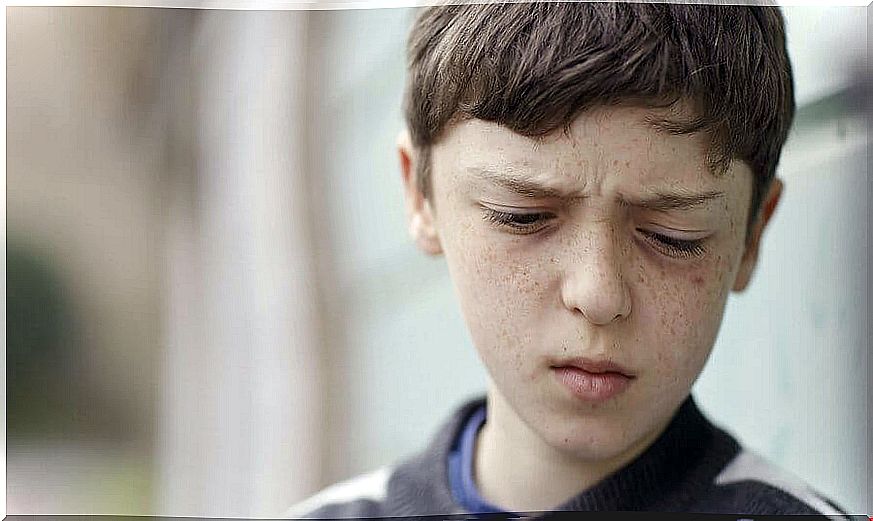Insecurely Attached: The 3 Forms
There are many people who are insecurely attached and are only able to form bonds based on this. In simpler terms, this creates a lot of anxiety in relationships. This is mainly manifested by an unwillingness to enter into relationships and other ambiguous behaviors such as dependence and rejection.
Most psychologists believe that an insecure attachment style has its beginnings in early childhood. It is seen as a consequence of relationships we form with the people we trust during childhood. These early bonds create the foundation of the type of relationships we form later in life.
When a child develops a secure attachment type, this manifests itself in a healthy bond. In other words: they learn to expect the best from another and believe that the other’s heart is in the right place. However, people who are insecurely attached expect the opposite in principle. They assume that the other will leave them or hurt them in some other way. This insecure attachment can take three forms: disorganized attachment, defensive (ambivalent) attachment, and avoidant attachment.
Insecurely Attached: The 3 Shapes
Disorganized Attachment
Disorganized attachment is a bond that is typical of people who have experienced childhood abuse. Often they have been left unsupported during times of stress and/or their parent(s) used violence as a method of punishment. It is also common for their caregivers to have an ambivalent, or ambiguous, attitude towards them. So these people never knew what to expect from people who were supposed to protect them. Sometimes their caregivers were loving, and sometimes they suddenly freaked out or neglected the child. The child then did not understand why.
People with these types of parents tend to repeat the same pattern of behavior as adults. They are unable to maintain a degree of consistency between their actions and their thoughts and emotions. They shoot from submission to aggression or from closeness to detachment — with alarming ease. They themselves often do not understand what is going on.
When their relationship with others or a specific person becomes a source of stress, one can often see these people react in an unexpected way. They distance themselves emotionally and start acting like a robot, which ultimately doesn’t solve anything.

Defensively (ambivalently) attached
The main characteristic of defensive (ambivalent) attachment is the intense contradictions within relationships. As in all cases of insecure attachment, conflicting parents are largely to blame. The child never knew what to expect.
When these children mature, they show a strong desire for intimacy and affection. Their relationships with other people are very intense. They show a certain dependence, need for approval and hypersensitivity to rejection.
When they start a relationship with someone else, it’s hard for them not to assume the worst. They focus too much on their relationship problems and not on the positive aspects of their relationship with the other person. All their relationships give their main worries. That, in turn, guarantees escape and flight behaviors, such as substance abuse and self-injury.

Avoidant Attachment
Here, the most prominent feature is that entering into intimate relationships takes a lot of effort. This results in overwhelming emotional pain. These people tend to develop a false kind of autonomy. They are independent, but at the same time they become extremely anxious when they get the feeling that someone else is starting to mean a lot to them.
It is very difficult for them to recognize their own emotions on their own. Sometimes they say they are interested in something, but their attitude implies unwillingness. Sometimes the opposite happens and they contradict some form of interest while their actions suggest something completely different. They don’t do this intentionally. It simply takes a lot of effort for them to correctly identify their emotions.

In general, people who have grown up insecurely attached have been raised by emotionally distant caregivers. They did not receive support from their caregivers when they needed it most. It often happens that these kinds of parents try to justify their behavior with the idea that their aloofness should encourage the child to be responsible or something like that. However, the truth is that when people grow up in such a way, they only learn not to trust others. They are convinced that no one can support or help them.
All these forms of insecure attachment point to limitations later in life, especially emotionally. But it is possible to change relationship patterns by being aware of your behavior, its causes, and its consequences. That way, people can get over their attachment issues and live more emotionally fulfilling lives.









